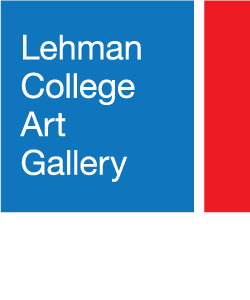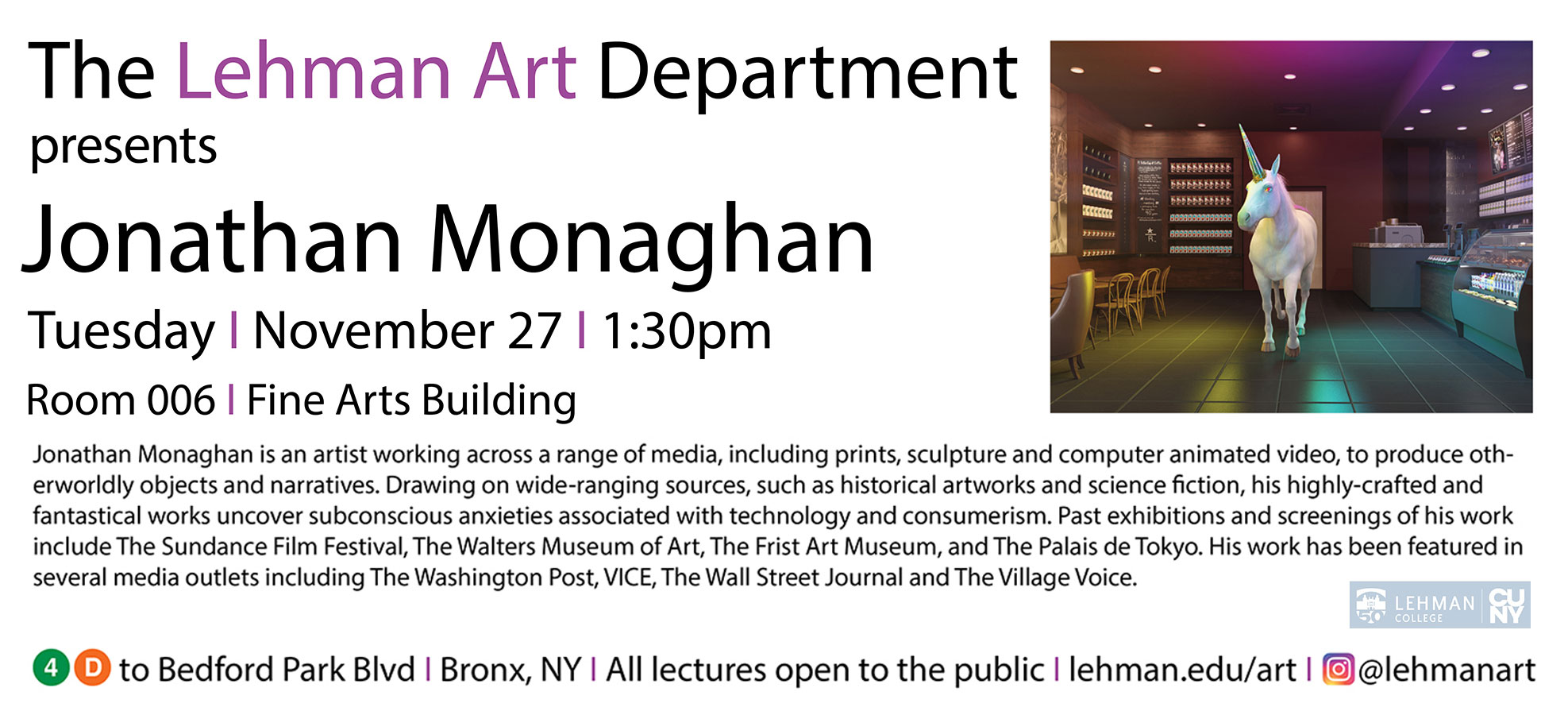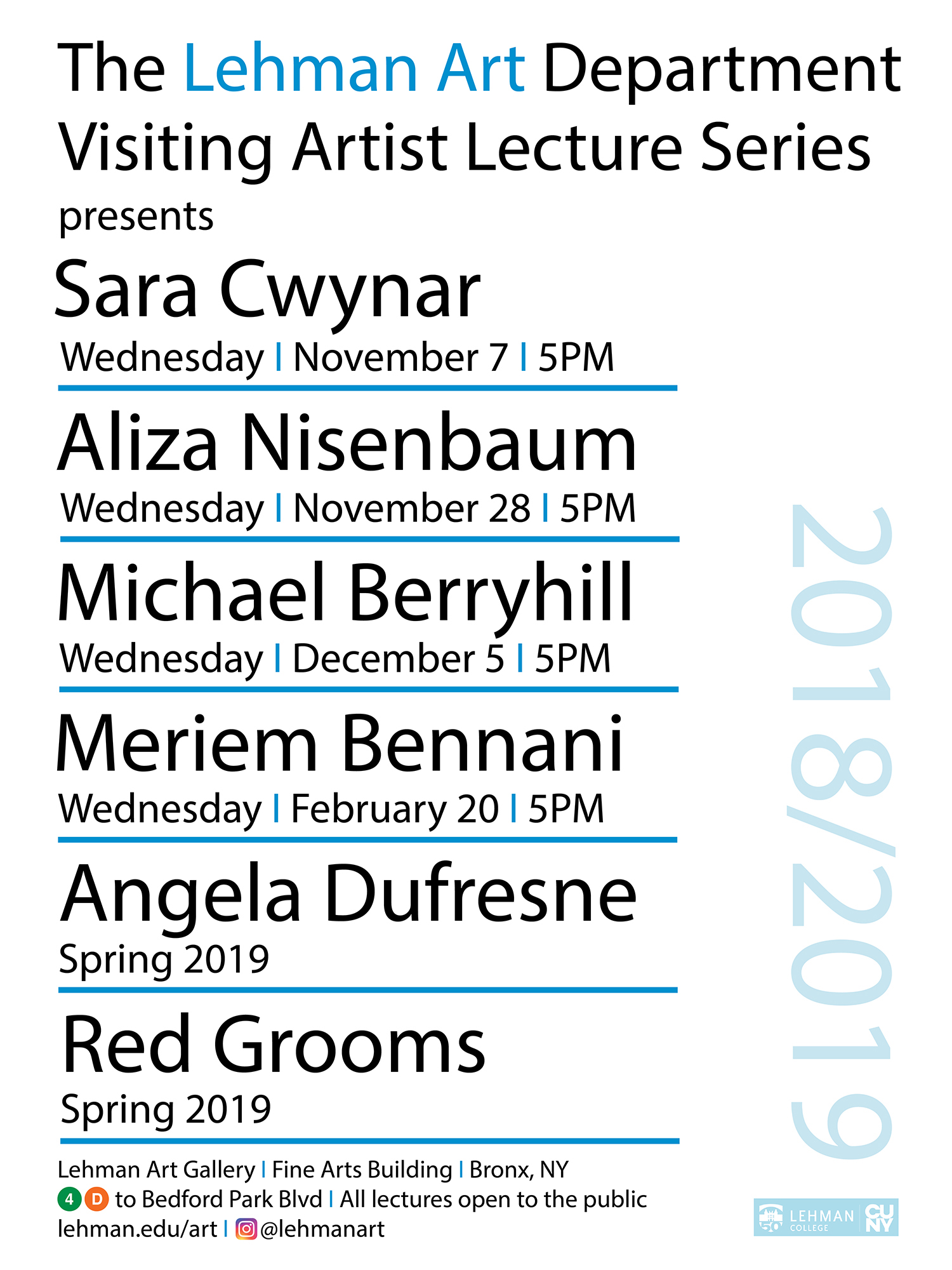Mid-Career Survey of the Work of Rigoberto Torres
Lehman College Art Gallery will present The Work of Rigoberto Torres from February 7 through April 13. The exhibition has been organized by Susan Hoeltzel, Director of the Lehman College Art Gallery. A catalogue with an essay by Dan Cameron will accompany the exhibition. There will be a reception for the artist on Wednesday, March 8 from 5:00 to 7:00 p.m. The public is invited to attend.
The Works of Rigoberto Torres provides the first mid-career examination of an artist whose work has drawn its inspiration from the Bronx community. Torres’ work, which has been seen throughout the world, is rooted in a celebration of daily life in the South Bronx neighborhood where he grew up. His plaster and fiberglass life-casts, which have been described as humanistic naturalism, provide affirming studies of real people — family, friends, and strangers he has met at public castings. The vividly colored figures seem as much about painting as about sculpture. Four large scale public murals, produced in collaboration with John Ahearn, have been part of the Bronx landscape for many years. The exhibition provides the first opportunity to examine the life-size figurative sculptures of Rigoberto Torres as a body of work, from 1979 to the present, including rarely exhibited relief paintings and sculptures in wood. The exhibition also includes new work, the first to be completed following a year of absence due to serious injury.
Torres has been creating work of his own from the very beginning of his relationship with Ahearn — starting in 1978 shortly after the eighteen year old Torres was encouraged by his cousin to drop by Fashion Moda, a new founded gallery in the South Bronx where Ahearn was making plaster body casts of people from the neighborhood. Torres became one of Ahearn’s subject and was cast. Torres’ first works created at this time, were exhibited at Fashion Moda along with Ahearn’s work in 1979 under the exhibition title, South Hall of Fame. Ahearn and Torres continue to work together, assisting each other with casting.
Many of Torres’ and Ahearn’s early castings took place on the streets of the Bronx, drawing the attention of the surrounding neighborhood — outside the Walton Avenue and Dawson Street studios — where volunteers submitted to the process of casting. Earlier castings were sometimes displayed on the wall of a building to announce an event which drew crowds of people to watch subjects being cast and artists at work. Unlike Ahearn’s work which explores similar subjects, Torres strays from the socially conscious underpinnings of the former’s work. He often uses the casting technique as a starting point to develop the imagined rather than represent people as they actually are — a mermaid cast from his two year old daughter based on a small figurine in his uncle’s statuary shop or a fortune teller based on a casting of his sister-in-law. His detailed works are bursting with life down to the texture of wrinkles and pores and yet it veers from the tromp l’oeil realism of Duane Hanson or the stark monochromatic tableaux of George Segal. Torres’ work will be displayed through April 13.


